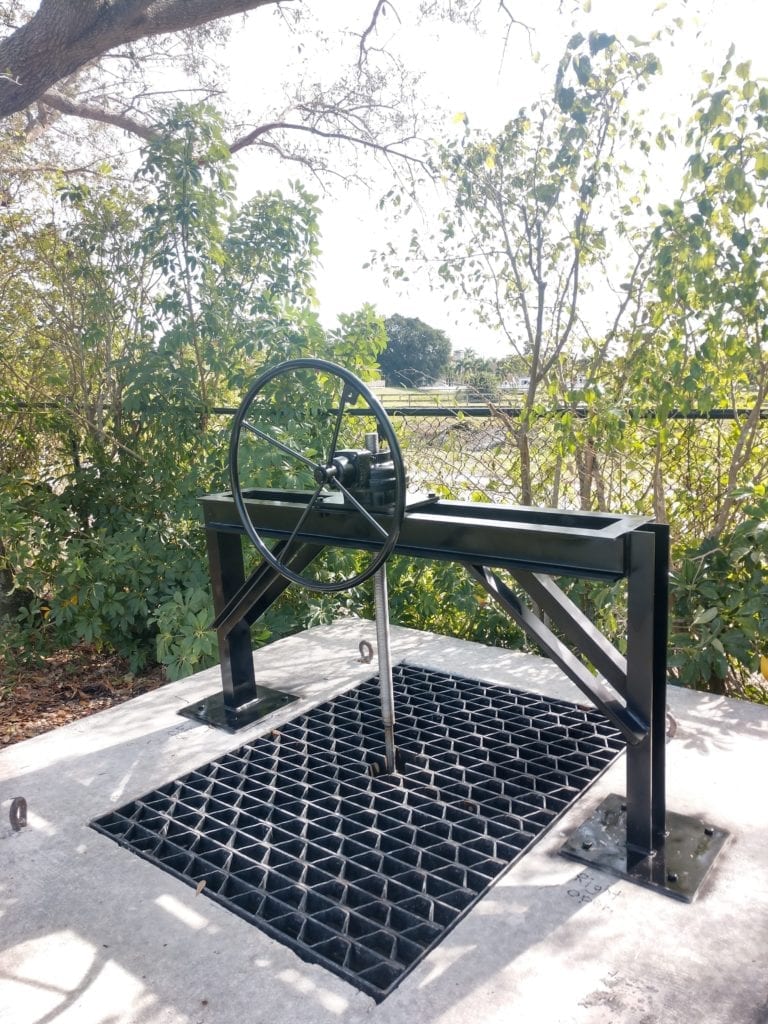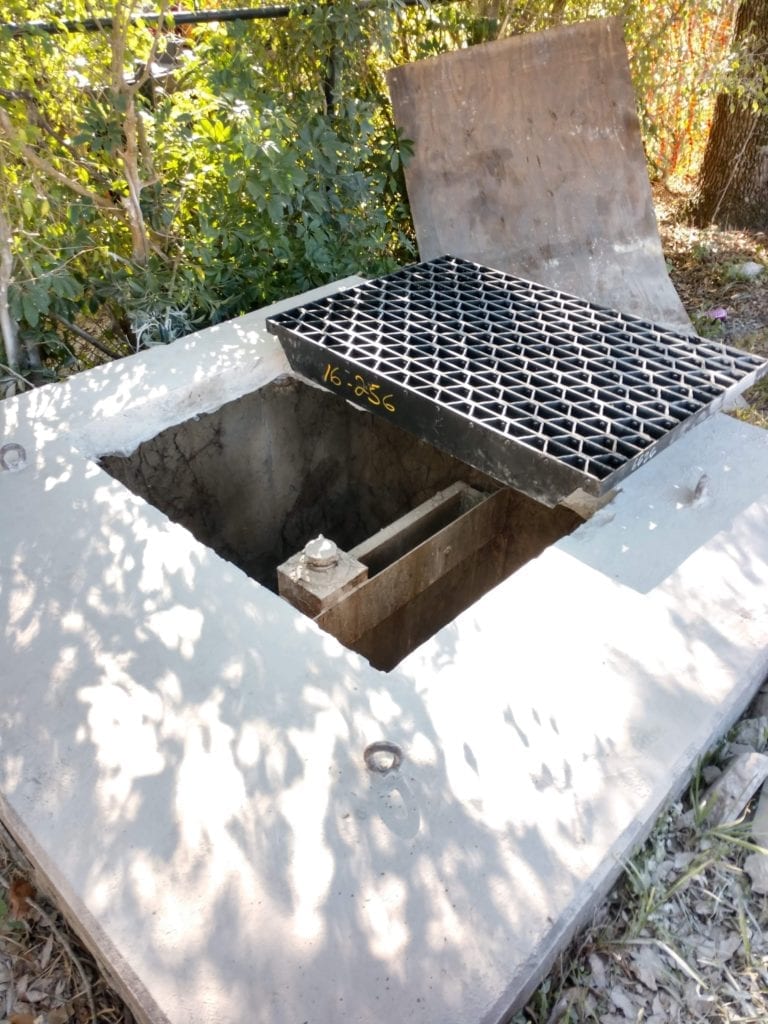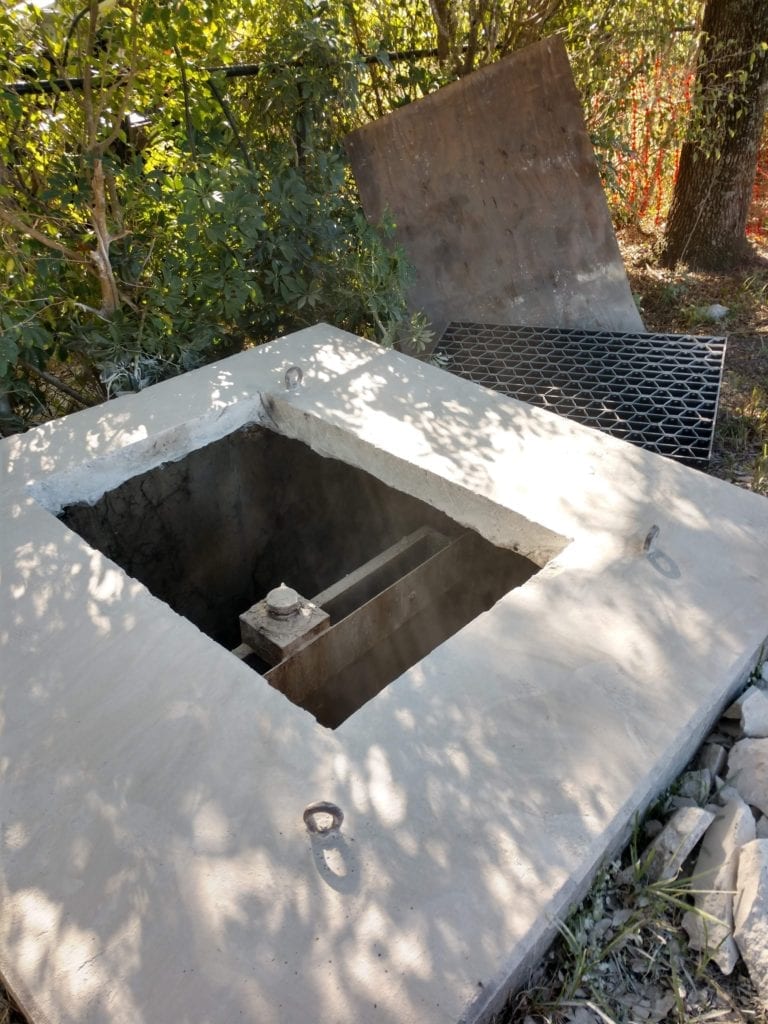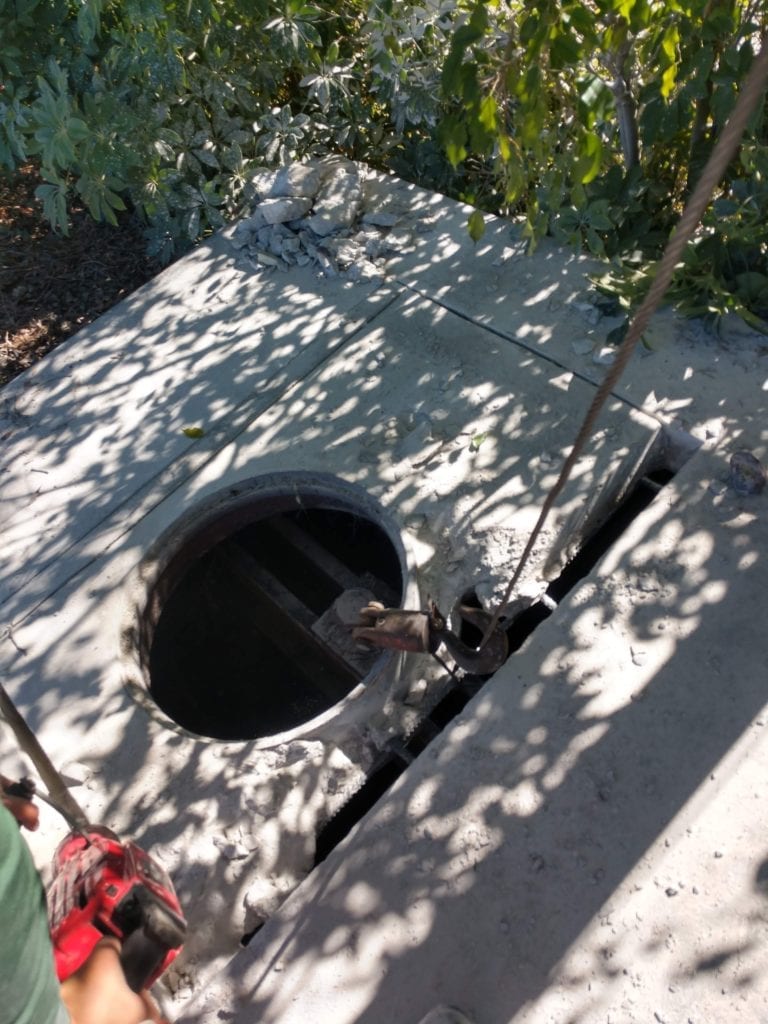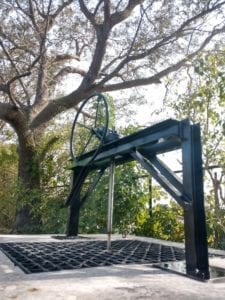
Weirs are best used to measure flows that contain only small amounts of suspended solids. Unfortunately, in surface water applications, the amount of solids present in the flow stream cannot be controlled. Unlike flumes, which tend to be self-cleaning, weirs require regular maintenance and inspection. The damming action of a weir will cause solids to settle and accumulate in the weir pool upstream of the weir itself. The weir pool must be free of weeds, trash, sediment and other deposited material that can affect flow.
Trimming of vegetation around the weir pool and upstream channel are necessary to reduce debris accumulation. This cleaning should extend from the weir back to at least the point of measurement and may be extended farther upstream as necessary. In particular, trees overhanging the upstream channel may need to be removed or trimmed.
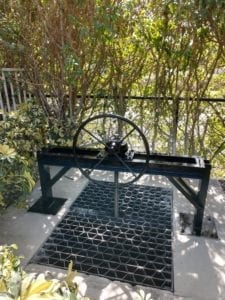
The weir pool must be kept sufficiently clean so that the invert of the pool is at least twice the maximum head below the crest of the weir. Debris should not be allowed to reduce this difference in elevation.
The weir should be inspected for leakage around the weir structure. If leakage is detected, it should be remedied as soon as possible. If the leakage is not stopped, water may bypass or undercut the weir to the point where the installation fails. Clean-out doors on the face of the weir at the channel bottom can be useful in sluicing silt and sand deposits from the weir pool.
Unless fully sealed, though, clean-out doors may allow flow to leak past the weir, so periodic inspection for leakage is recommended. Weirs must be plumb and level. They should not lean forward or backward in the flow channel nor be out of level across the channel width. Variances in either direction should be corrected as soon as they are evident, and the surrounding channel should be thoroughly examined for signs of bypass or undercut around the weir. Contact BD Environmental Group for an inspection and plan to move forward with weir maintenance and repair.


